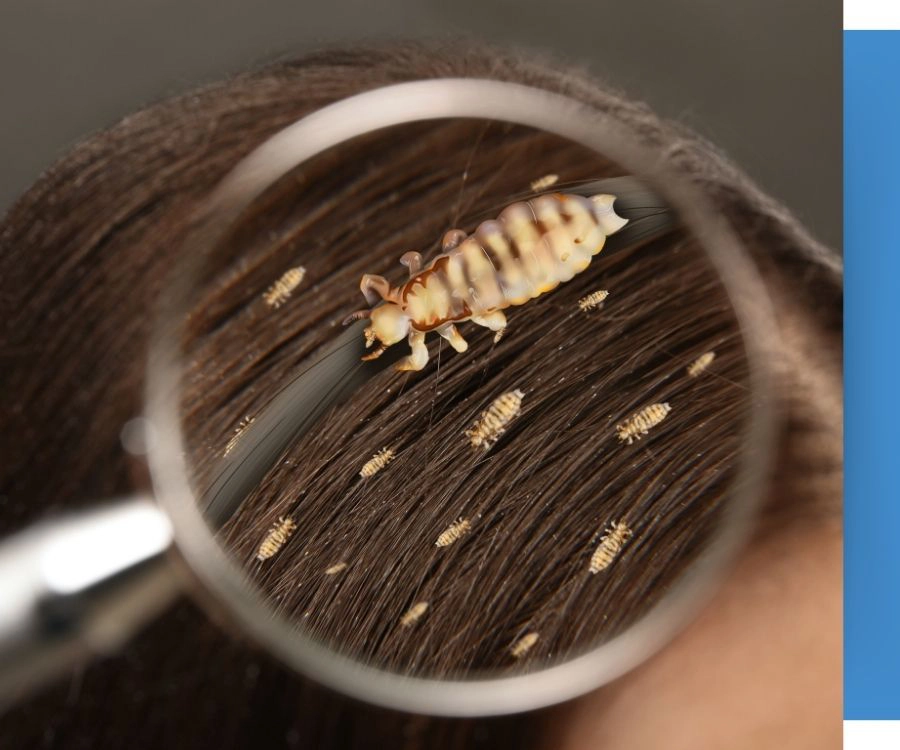Lice Myths & Facts
Learn to Separate the Facts From the Myths When Deciding the Best Treatment for You and Your Family.

Did You Know?
- About half of all infested individuals do not know they have lice.
- Head lice don’t discriminate; we see all ages and all hair types.
- Over 50% of individuals will not feel an itching sensation from a head lice infestation.
- The food of head lice is human blood.
- Only adult lice are capable of changing hosts and starting a new colony.
- Female head lice live about 30 days.
- The female head louse can lay between 5–10 eggs per day.
- On average, an infestation is diagnosed between 3 and 5 weeks.
- Head lice can live no longer than 48 hours without human blood.
No! Head lice do not jump, fly, or swim. They are good crawlers, however, and will readily move from one person to another when the hair of the two people is in contact.
Although children can certainly come into contact with other children who have head lice at school, it is not the only place where a transmission might occur. Children can get infested at summer camps, sleepovers, sporting events, and other family members. Anywhere there is a group of people or head-to-head contact.
Any human with hair can get lice. A person’s degree of cleanliness or personal hygiene has little or nothing to do with getting head lice. A common misconception is that lice infestation is a result of poor hygienic practices. In fact, head lice actually seem to prefer clean hair over dirty hair.
Head lice can be seen by the naked eye, but it can be very difficult. Adult lice will be the easiest to spot because they are the biggest. But at the size of a sesame seed, they still aren’t that big. Although lice vary in color, if you see a grayish-white, tan, or dark bug crawling through the hair, it is probably a louse. The color of the bug depends on the age of the bug and the color of your hair. If you look closely at an adult louse, you should be able to see human blood inside it.
There is no reliable data to suggest that head lice carry or transmit disease organisms.
While itchy scalp may be a symptom of head lice, it is not a definitive sign your child has lice. Itchy scalp can be caused by many things, including climate, dandruff, or general dry skin.
Lice cannot be transmitted from pets, and pets cannot get them from people.
When lice are in the water, they go into a state of suspended animation but remain firmly locked onto the hair. This is how they survive shampooing, rain, seawater, and swimming pools. The risk of transmission will occur with the sharing of towels.
While it’s more commonly spread among children, parents and other adults are not immune. When hair has contact with another’s hair (and it will), if that person has lice, you take the risk of exposing yourself as an uninvited house guest.



